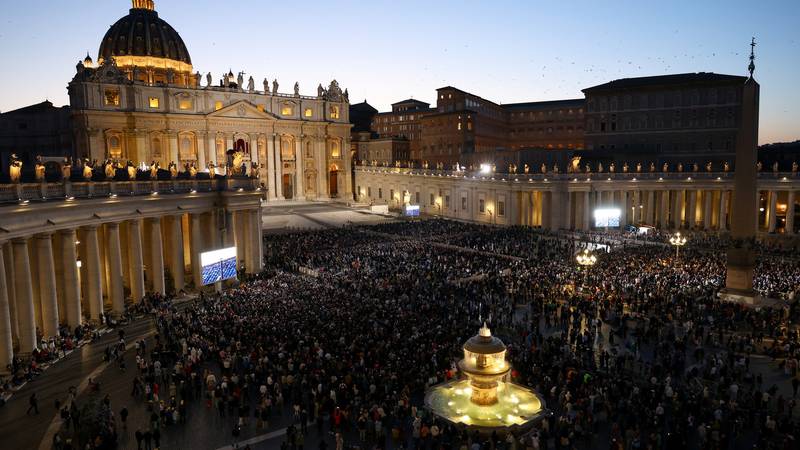At least 34 dead in bombings, a dam affected in cashmere – Liberation

Back on 70 years of conflict between India and Pakistan.
1947, origin of tensions. During the night of August 14 to 15, 1947, the viceroy of the Indies Lord Louis Mountbatten acts the end of two centuries of British domination over the Indian subcontinent. The ex-colony is divided into two states: India (majority Hindu) and Pakistan (Muslim majority), formed itself from two territories separated from several thousand kilometers. But in the fall of 1947 the First Indo-Pakistani war broke out for the cashmere control, attached to India. A ceasefire was proclaimed on January 1, 1949 along a 770 km « control line » which divides the cashmere into two parts. However, the two states always claim the sovereignty of the whole territory.
In 1965 and 1971, new wars. Between August and September 1965, the conflict was revived by the Indian cashmere intrusion of a thousand separatist supported by Pakistan. This second Indo-Pakistani war, which left thousands of deaths on both sides, ends with Soviet mediation. At the beginning of 1971, Pakistan sent troops to the eastern part of its territory, the eastern Bengal, to watch a separatist movement. The conflict ends nine months later, after the intervention of the Indian army and nearly three million dead, by the independence of what becomes Bangladesh.
In 1989, the separatist insurgency. At the end of 1989, insurgents who claimed independence or the attachment of the Indian cashmere in Pakistan engaged in fighting against the army of New Delhi. Targeted by rebels, Hindu populations flee to other regions of India. New Dehli has regularly accused Pakistan to finance and lead the insurgents, who continue to fight against some 500,000 Indian soldiers deployed in the region.
1998-1999: new tensions. In 1999, New Delhi accused Islamabad of having infiltrated Islamist fighters and Pakistani soldiers in his part of the Siachen Glacier, at an altitude of the Siachen Glacier. The fierce fighting left more than a thousand deaths, especially in the Kargil region.







